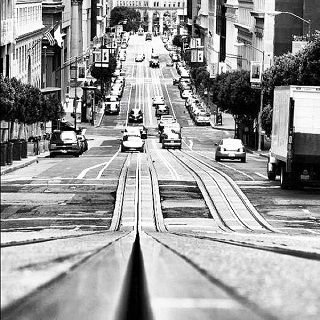From Guest Blogger Al Swinehart: What Mazda’s i-ELOOP Brake Energy Regeneration System Means for the Auto and Transportation Industries

When your car brakes, even if quickly, the system captures that energy and converts it to electricity and stores it in a capacitor. With the i-ELOOP system, the high-capacity electric double layer capacitor’s main component is made of charcoal and doesn’t require heavy or precious metals, making it environmentally friendly in comparison. The active charcoal carries electricity through its micropores through a Using a capacitor instead of a battery extends the life of the electricity held within it by not using chemical reactions to withdraw it, which in turn, promotes a higher fuel economy. Using a variable voltage alternator which generates up to 25V in comparison to the conventional 12V allows for energy to be continually supplied to the capacitor.
This system is a game changer for the automotive and trucking industry’s move toward higher fuel efficiency. Although capturing kinetic energy is nothing new to the automotive industry, Mazda has created a system which seems to be able to do so while also requiring less manufacturing costs with the change in parts composition. If this technology concept carries through commercially, transportation and fleets will see a an overall savings in fuel costs and vehicle longevity. From big rigs to service trucks, fire trucks to rental vehicles, the utilization of kinetic energy through this system and systems which develop in competition with this is one more way to squeeze all that we can out of our fuel resources.

Sounds perfect for the continuous stop and go of postal delivery vehicles.
This is trickle down technology from Formula 1, isn’t it? Still, their implementation sounds very clever, here’s hoping it becomes standard across their range rather than as a pricey add on for new car sales